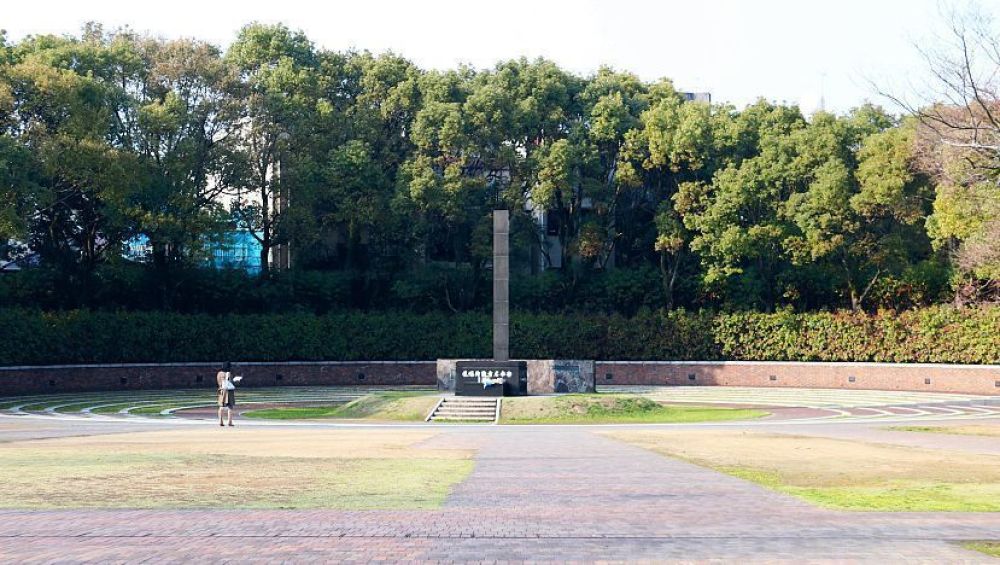

Nagasaki Peace Park is a poignant reminder of the tragic history and the profound desire for peace that sprang from one of the darkest moments of the 20th century. Currently a serene place of reflection, the Park stands on the epicenter of the catastrophic nuclear bombing that occurred on August 9, 1945.
The tourism history of Nagasaki Peace Park is intertwined with the narrative of remembrance and the global movement towards nuclear disarmament. Following the end of World War II and the subsequent rebuilding of Nagasaki, the desire to remember and educate future generations about the horrors of nuclear weapons led to the establishment of the Peace Park in 1955. The park became not only a memorial site but also a tourist destination for those looking to pay their respects and learn more about the historic event.
Initially, visitors to Nagasaki Peace Park were mostly Japanese nationals and war survivors. However, over the years, the significance of the site has drawn an increasingly diverse crowd of international visitors. Individuals from all over the world come to Nagasaki to pay their respects, to promote peace, and to ensure that the memory of those who were lost is not forgotten.
Main attractions within the Park that contribute to its historical significance include the Hypocenter Park, marking the exact spot of the explosion, and the Peace Memorial StatueNagasaki Atomic Bomb Museum offers visitors a comprehensive understanding of the event's history and impact.
In recent years, the focus of tourism at Nagasaki Peace Park has shifted towards education and storytelling, reflecting a broader trend in historical and remembrance tourism. Many visitors partake in guided tours that offer deeply personal stories from survivors, bringing a human element to the experience that transcends facts and figures. Furthermore, the city of Nagasaki has expanded its message of peace by hosting international conferences and events, adding a layer of advocacy and diplomacy to the Park's attraction.
Technology has also played a role in enhancing the visitor experience. Augmented reality applications and virtual tours are the latest innovations, allowing people from around the world to experience the Park and its message without having to travel. This aligns with the global trend towards accessible tourism and broadening educational outreach beyond physical travel.
In conclusion, Nagasaki Peace Zoo is more than just a tourist destination; it is a symbol of human resilience and a beacon calling for peace. As tourism trends evolve, the Park continues to adapt, ensuring that the lessons of the past remain relevant and accessible for all generations.